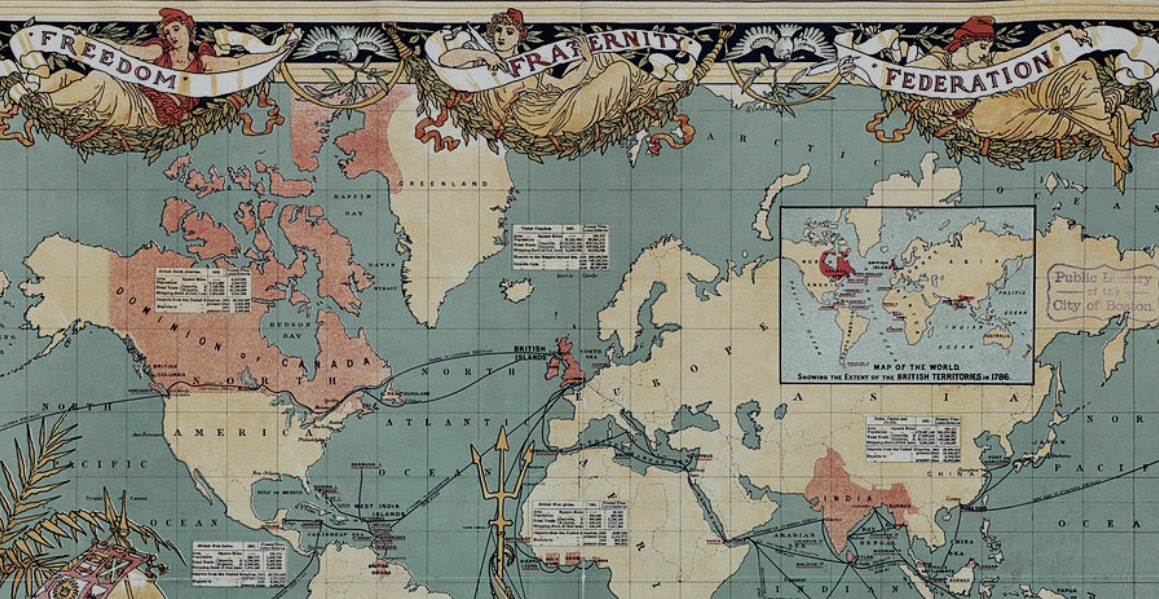As I approach my final year of graduate coursework, I took a look at an MLA working group’s draft definition of “the new dissertation” in the humanities:
The dissertation in the humanities is commonly thought of as the “culmination” of doctoral education. We prefer to see the new doctoral dissertation as the “generative launch point” of a future career in the humanities, a sustained engagement expressed across a variety of communicative modes and vehicles. Through producing the ensemble of forms in the new dissertation, the doctoral student masters the art of entering a scholarly discourse (facility in close reading, theoretical framing, and extended analysis), gains skills in various forms of scholarly communication, develops a range of scholarly voices, and mines the potential of addressing diverse communities. He or she becomes responsive to the fit between the topic and the mode of communicating that topic, as well as thoughtful about the consequences of choosing a particular mode of scholarly communication. In an environment in which the book is gradually being decentered as the “gold standard” for scholarship in languages and literatures, the PhD capstone project provides an emerging scholar with a range of directions (both in terms of research questions and in terms of scholarly genre) for future work. This multimodal engagement with the field ensures that the doctoral student is prepared to convey to students the pleasures and challenges of immersing oneself in language, literatures, and other cultural forms; to convey to colleagues innovative approaches to the field of study; and to convey to the public the critical issues confronting the humanities and excite that public about the work of the humanities in the world. This dissertation’s aim is ultimately to prepare future humanists inside and outside the academy to remain innovators across the life span of their careers. (Smith 2012, 13).
Overall, it’s a great report, especially Smith’s summary of three “switching points in the emerging scholarly ecology”: (1) a shift in term and practice from scholarly publication to scholarly communication; (2) the shift from closed to open-access venues of scholarly communication; and (3) shifts in the political economy of higher education that require a remaking of graduate training in the humanities (7).
In my opinion, the first two sentences in the above excerpt are the strongest point of their “remade” definition of the dissertation: a shift in attention from the graduate program past to a future of research, teaching, and “scholarly communication” across an expanded landscape of media environments. (In a different tone of voice, David Laurence summarizes the statistics that show some degree of success in finding full-time employment in this new and still-shifting terrain.)
By the end of the definition, though, the language seems to show signs of uncertainty. Their culminating phrase—”the work of the humanities in the world”—returns to a level of abstraction and image that is a bit vague, as is the repeated formula of diversification: “various forms of scholarly communication…range of scholarly voices…addressing diverse communities.” This is an important reorientation, but it leaves us hanging on the specific.
Likewise, the definition’s final reliance on the entrepreneurial ideal of “innovation” ties it to an unstable foundation: it’s another vague term that may or may not last beyond the next fads of managerial language in the business world. I don’t mean to discount the concepts and skills of management out of hand, but what I need from a new definition of the dissertation is a set of skills, projects, and goals, held together by a conceptual model that can generate criteria for evaluation.
A forward-looking vision points us in that direction, but so far the map remains blank.
Sources:
Laurence, David. “What’s Next for Graduate Education?” _ADE Bulletin _152 (2012): 3-6.
Smith, Sidonie. “At the Crossroads: Transforming Doctoral Education in the Humanities.” _ADE Bulletin _152 (2012): 7-16.
